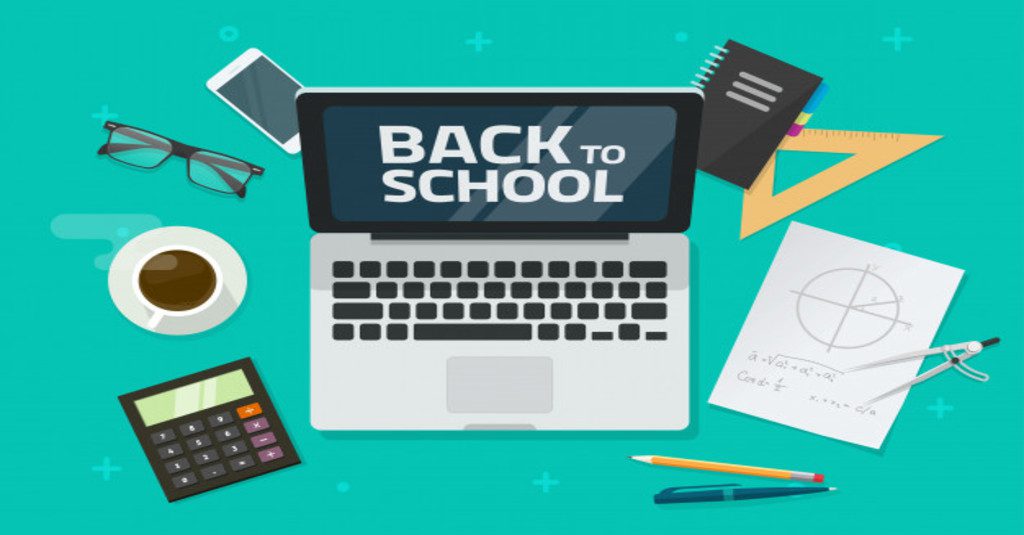Synametrics Technologies
Revolving around the core of technology
Adjusting to Online Learning: The After Effects of COVID 19
As schoolís become more and more reliant on technology to not only help educate but communicate, it is important to recognize the threats digital communication may pose to the education sector. Last year the K-12 Cybersecurity Resource Center determined that 348 publicly-disclosed schools had serious cybersecurity breaches including malware attacks, phishing schemes, denial of service attacks and many more. Tight budgets and limited resources make schools a large target for cyberattacks while simultaneously making attacks more effective.
With the after effects of COVID-19 still lingering, it is more important now than ever for schools, administrators, teachers, and students to be aware of the cyber threats that can corrupt the online learning community:
Breakdown of threats
- Phishing: the fraudulent practice of sending emails purporting to be from reputable companies in order to persuade individuals to reveal personal information like passwords and credit card information. Phishing is a way of utilizing an phony email to steal information, scam people for money, and distribute a variety of malware.
- Malware: software that is specifically designed to disrupt, damage, or gain unauthorized access to a computer system.
- Ransomware: a malicious software designed to block access to a computer system until a sum of money is paid.
- Data Breach: an incident in which information is stolen or taken from a system without the knowledge or authorization of the systemís owner. This threat was the most common incident experienced across educational institutions last year.
- Denial of Service: an interruption in an authorized userís access to a computer network that is typically caused by malicious intent.

Tips to secure online communication
- Create Strong Passwords: Encourage students to begin using longer and stronger passwords when creating educational accounts online. This will ensure hackers donít gain access to sensitive information by guessing a simple password. Utilizing multi-factor authentication across school networks and at home for students can also add an extra layer of protection to ensure that no unauthorized users are accessing accounts!
- Watch Out For Phishing: When searching through your inbox, it can be tough to determine whether or not an email is legitimate. Take time to analyze your messages and watch out for ones that seem wary. Email accounts allow for hackers to easily impersonate others. An email containing an unfamiliar name or seemingly random links may contain spam that can threaten your entire organization and their security! Using a spam filter can help as it analyzes the information of the message and itís source!
- Back Up Data: Itís important to keep all your educational documents handy at the ready, but itís even more important to ensure they are stored in a safe place! Without properly backing up data, the private information your computer holds can be susceptible to prying eyes. Keep your documents safe and private by choosing a cloud backup solution that can work for your entire organization!
- Select A Strong File Transfer Solution: While certain outlets may appear convenient for sharing files, they are not always secure. Utilizing a secure file transfer solution not only allows for files to be shared quickly between students and colleagues, but you will also receive the added benefit of knowing files are safe through the transfer process. Implementing a file management solution allows you to have 24/7 access to files, ability to share and send on the go, and protection against data breaches.
- Have A Cybersecurity Policy: Having an instructional guide to inform you of all cybersecurity measures that must be taken allows for institutions to have more organization and a greater sense of security amongst the entire community. This allows for security specialists, students, and employees to all be on the same page while ensuring that everyoneís information is in safe hands. Instating a cybersecurity policy will allow each department to understand that their private information will not be compromised due to lack of preparation in their institution.

Summary
As educational institutions continue to transition into online and remote learning, it is important to be aware of the threats that linger along the internet. It is important for schools to become aware of the various threats that can put sensitive information at risk. Schools must apply preventative measures to ensure all members of the educational community that they can safely communicate online without having to compromise on security. Donít let the aftershocks of the coronavirus bring in viruses to the online community as well. What steps will your school take to keep its students and employees safe? Let us know in the comments below.| Created on: | Sep 24, 2020 |
| Last updated on: | Dec 23, 2025 |
